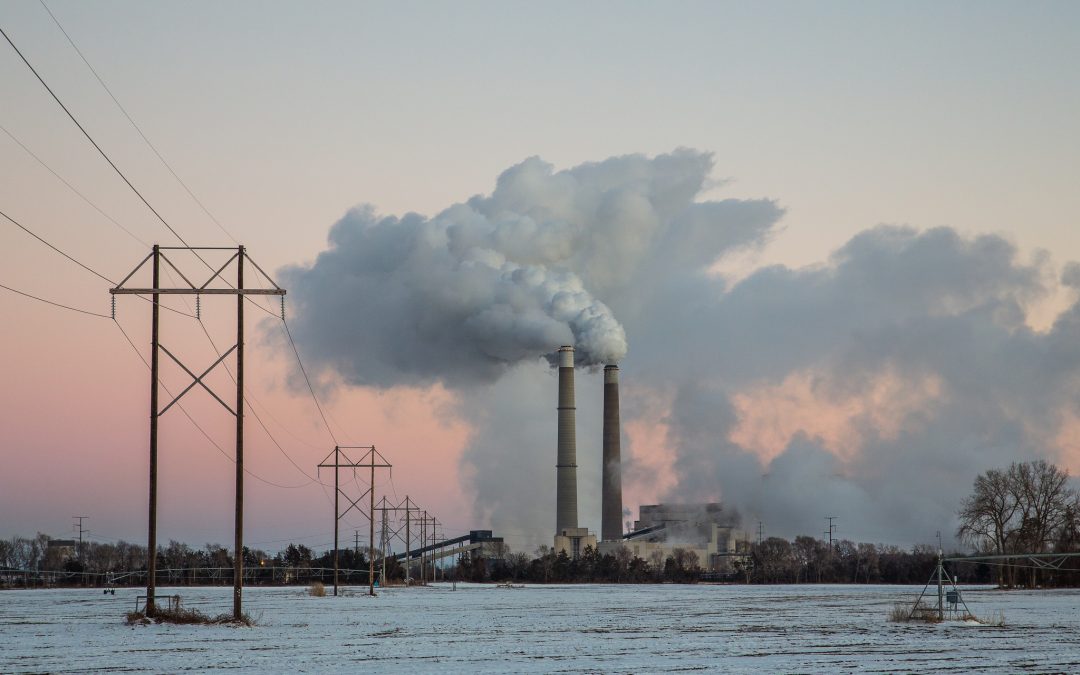The Environmental Protection Agency, now led by Acting Administrator Andrew Wheeler, a former coal lobbyist, has announced more rollbacks regulations on coal-fired power plants.
It’s a striking move for two big reasons: No new coal plants are being built in the US, and the EPA itself (along with 12 other federal agencies) recently put out a sweeping report detailing the need to reduce emissions from fossil fuels because of the grave threat of climate change.
The agency is loosening Obama-era restrictions on how much carbon dioxide new coal power plants can emit.
Known as the New Source Performance Standards, a provision under the Clean Air Act, the rule established in 2015 said coal plants couldn’t emit more than 1,400 pounds of carbon dioxide per megawatt-hour.
This would have likely required new coal plants to install carbon capture technologies to limit some of their emissions.
But the coal industry argued in court that these technologies are too expensive and immature to deploy at scale, so the new standard is too difficult to meet.
The lawsuit against the New Source Performance Standard was suspended once the EPA announced last year that it was looking to revise the rule.
The EPA now wants to relax the limit to 1,900 pounds of CO2 per MWh.
Weakening pollution rules for existing and new coal-fired power plants has long been part of the Trump administration’s strategy to resurrect the decrepit US coal industry, which has been shrinking and hemorrhaging jobs for decades.
The EPA put out a proposal in August to replace another Obama regulation, the Clean Power Plan, which targets existing power plants.
The replacement, the Affordable Clean Energy rule, would lead to 1,400 additional premature deaths each year by 2030, according to EPA’s own calculations.
Global emissions of carbon dioxide are reaching the highest levels on record, scientists announced yesterday, in the latest evidence of the chasm between international goals for combating climate change and what countries are doing.
